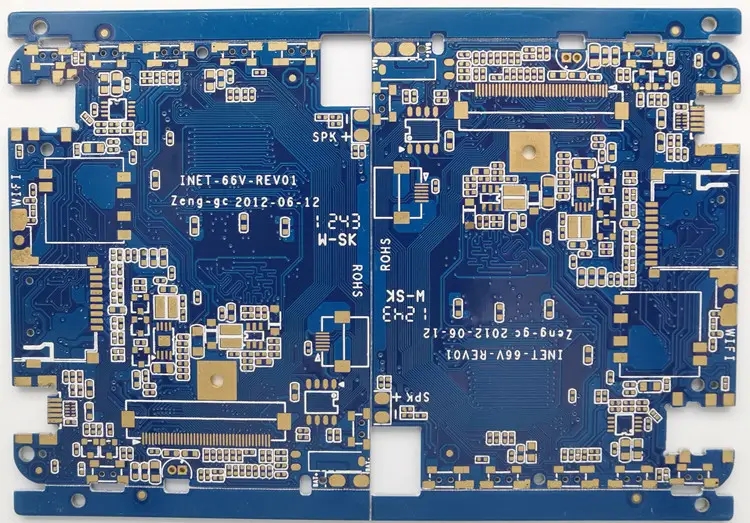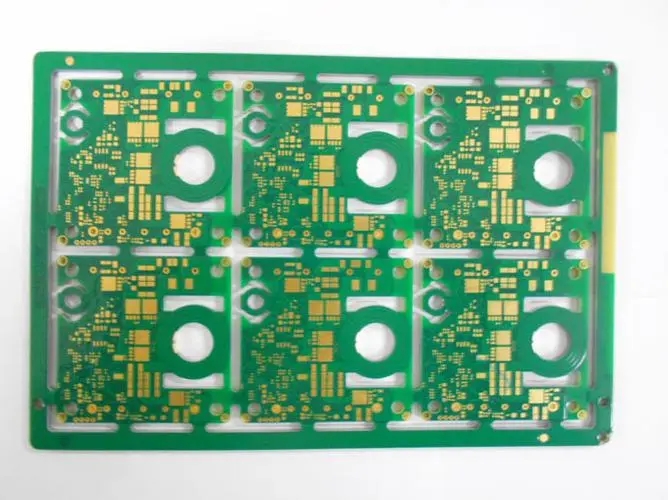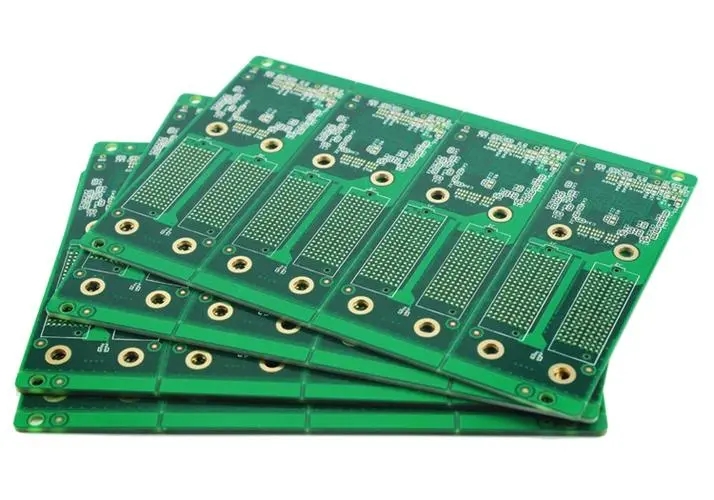
Have you solved some difficult problems related to high-speed PCB?
PCB manufacturers, PCB designers and PCBA manufacturers explain some difficult problems related to high-speed PCBs. Do you want to solve your doubts?
In PCB design, we often encounter various problems, such as impedance matching, EMI rules, etc. This article has sorted out some questions and answers related to high-speed PCB, hoping to be helpful to everyone.
1. How to consider impedance matching when designing high-speed PCB design schematics?
When designing high-speed PCB circuits, impedance matching is one of the elements of design. The impedance value has the same relationship with the routing method. For example, when walking on the surface layer (microstrip) or the inner layer (stripe/double stripe), the distance from the reference layer (power layer or stratum), the routing width, PCB material, etc. will affect the characteristic impedance value of the routing.
That is to say, the impedance value can be determined only after wiring. General simulation software can't take into account some discontinuous impedance wiring due to the limitation of line model or mathematical algorithm used. At this time, only some terminators (such as series resistance) can be reserved on the schematic diagram to mitigate the effect of discontinuous impedance wiring. The real fundamental solution to the problem is to avoid impedance discontinuity when wiring.
2. When there are multiple digital/analog function blocks in a PCB, the conventional practice is to separate the digital/analog function blocks from the ground. Why?
The reason for separating D/A from ground is that the digital circuit will generate noise in the power supply and ground when switching between high and low potentials. The size of the noise is related to the speed and current of the signal.
If the ground plane is not divided and the noise generated by the digital area circuit is large and the analog area circuit is very close, the analog signal will still be interfered by the ground noise even if the digital and analog signals do not intersect. That is to say, the digital analog ground undivided mode can only be used when the analog circuit area is far away from the digital circuit area that generates large noise.

3. When designing high-speed PCB, what aspects should designers consider the rules of EMC and EMI?
Generally, during EMI/EMC design, radiation and conducted should be considered at the same time. The former belongs to the part with higher frequency (>30MHz) and the latter belongs to the part with lower frequency (<30MHz). Therefore, we cannot only pay attention to the high frequency and ignore the low frequency.
A good EMI/EMC design must consider the location of components, PCB stack arrangement, important online routing, and component selection at the beginning of the layout. If there is no better arrangement in advance, it will take twice the effort and increase the cost if it is resolved afterwards.
For example, the position of the clock generator should not be close to the external connector as much as possible, the high-speed signal should go through the inner layer as much as possible and pay attention to the continuity of the characteristic impedance matching and the reference layer to reduce reflection, the slope rate of the signal pushed by the device should be as small as possible to reduce the high-frequency component, and when selecting the decoupling/bypass capacitor, pay attention to whether its frequency response meets the requirements to reduce the power layer noise.
In addition, note that the return path of high-frequency signal current makes the loop area as small as possible (that is, the loop impedance is as small as possible) to reduce radiation. The range of high-frequency noise can also be controlled by dividing the stratum. At the end, properly select the chassis ground between PCB and housing.
4. When making a pcb board, should the ground wire form a closed sum form in order to reduce interference?
When making a PCB, it is generally necessary to reduce the circuit area to reduce interference. When laying ground wires, they should not be laid in a closed form, but rather in a tree shape, and the area of the ground should be increased as much as possible.
5. How to adjust the routing topology to improve signal integrity?
This kind of network signal direction is relatively complex, because the topological effects on unidirectional and bidirectional signals and signals of different levels are different, it is difficult to say which topology is beneficial to signal quality. In addition, engineers are required to know the circuit principle, signal type, and even the difficulty of wiring.
6. How to handle in the layout and wiring to ensure the stability of signals above 100M?
The key of high-speed digital signal wiring is to reduce the influence of transmission line on signal quality. Therefore, the signal routing shall be as short as possible for high-speed signal layout above 100M. In digital circuit, high-speed signal is defined by signal rise delay time.
Moreover, different kinds of signals (such as TTL, GTL, LVTTL) have different methods to ensure signal quality. PCB manufacturers, PCB designers and PCBA manufacturers explain some difficult problems related to high-speed PCBs. Do you want to solve your doubts?







